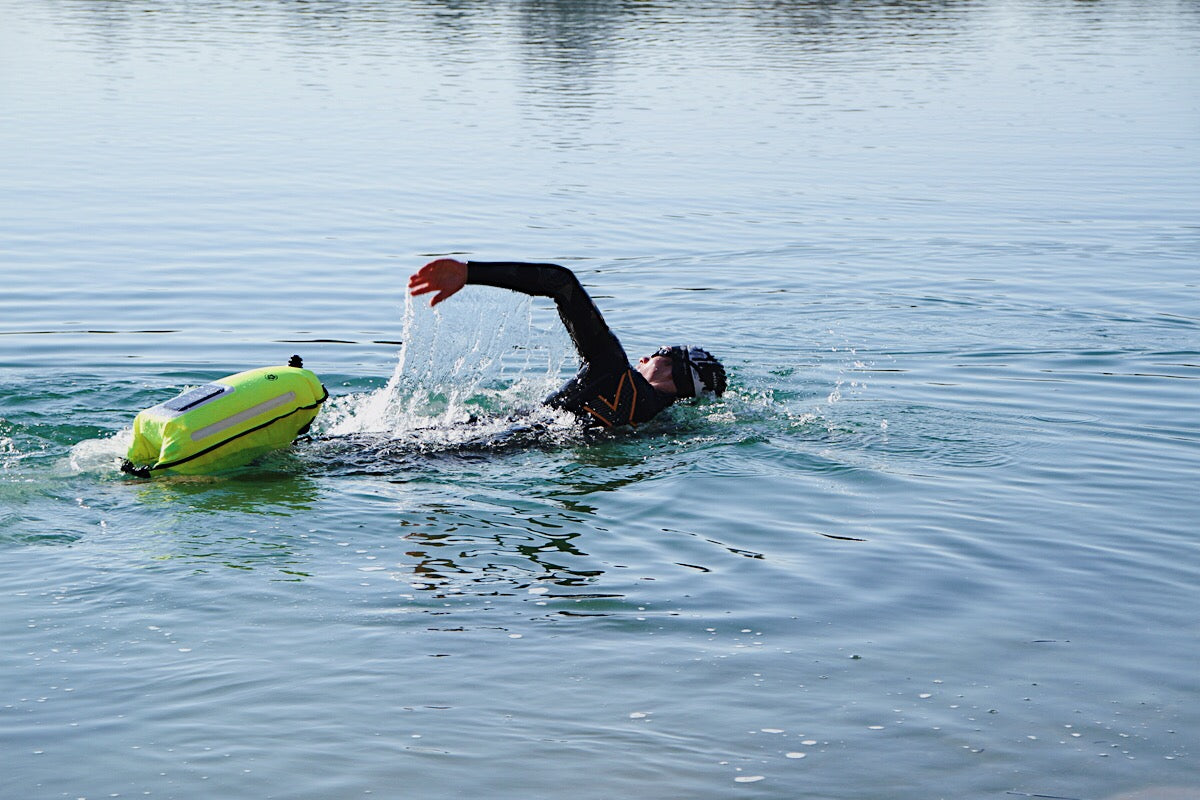Supercompensation is an explanatory model for physical adaptation processes as a result of training loads. During regeneration, the body recovers beyond the initial level and thus enters a phase of increased performance. You can find out exactly how it works and what influence it has on your training and recovery in the following article.
definition
“Super” comes from Latin and means, among other things, “beyond something”. The second part, “compensation” stands for compensation. Together, this results in something like "over-balancing", which already describes the principle quite well.
So, supercompensation is the body's adaptive response beyond its original level as a result of a training load.
This is how super compensation works
Figure: Super compensation model, Weineck "Optimales Training", p.33
In the normal state, the body is in equilibrium (homeostasis). In order to induce supercompensation, the body must be brought out of balance, ie out of the comfort zone. This is done in sport by the so-called training-effective stress stimulus, i.e. a training session. During exercise, performance decreases as a result of increasing fatigue. After training, the regenerative processes that lead to supercompensation begin. These take place on many different levels in the body and have such a strong effect that the systems adapt beyond the initial level, i.e. are more efficient. This affects both structural (bones, muscles, tendons and ligaments) and physiological functions (cardiovascular system, energy metabolism, processes in the muscle cells). Overall , this is actually a protective reaction of the body in order to be better prepared for subsequent stress. However, the graphic also makes it clear that the adjustment processes will reverse again if no further stress occurs.
Long-term performance increase
Figure: Improvement in athletic performance through optimally set training stimuli, Weineck "Optimal Training"
In order to use the effect of supercompensation for a constant build-up of form, continuous stress stimuli must be set again and again in order to "force" the body to adapt. Important here: the subsequent load should take place in the supercompensation phase (i.e. at the increased level of performance) in order to be able to benefit from it at all.
If the following training loads are set too early, the opposite development of performance can occur.
Figure: Decrease in athletic performance due to training stimuli that follow each other too quickly, Weineck "Optimales Training"
How do I know when I've reached the supercompensation phase?
After an "average" training session, the peak of supercompensation is reached after about 1-2 days of recovery and then being active for about 2-3 days before returning to the starting level. However, this cannot be determined in such a general way, since these values are strongly dependent on:
- Current level of performance (professional athletes have a shorter recovery time than amateur athletes)
- Type & intensity of the stimulus
- possibility of regeneration
- Old
- Nourishment
The important thing is: the more intense the training load was, the more you drove yourself "down to the basement", the longer the regeneration processes take. Depending on the level of adaptation, these take place at different speeds and can last from hours to weeks, e.g. the replenishment of the energy stores is completed after a short time after a long run, whereas the muscular structures need significantly longer to compensate for a large load ( e.g. marathon).
listen to the body
The concept of supercompensation is largely based on research from the 1970's that only dealt with the replenishment of substrate stores (glycogen). Many other adjustment processes were not considered here. It can happen, for example, that the substrate stores are full, but the muscles are still “damaged” due to excessive stimulus intensity. This would be noticeable through severe muscle soreness and training should be suspended until full recovery, even if this may result in missing the supercompensation phase.
Overall, the concept presented here is quite helpful to achieve a sustainable increase in the performance level. But you should still always listen to your body, because training without sufficient recovery periods does not bring any positive effects.
The training-effective stress stimulus
In order for a load to really be effective for training and to bring about the desired adjustments, it must exceed a certain threshold in order to throw the body off balance in the first place. This is best explained with an example:
If a beginner runs a 5 or 10 kilometer run in an average of 5 (5 min/km), he is probably at his limit and in the end energetically and muscularly completely exhausted. If Jan Frodeno runs this distance at the same pace, it would probably be at most a unit of active regeneration, but not for building up performance.
With the increase in performance, the performance-related stimulus must also change - in scope and intensity. As part of the progressive increase in load, several training units are then increasingly combined into a coherent training stimulus (e.g. training camp).
In every training unit, the type of stress basically decides which systems are primarily addressed with the training and then develop further. The improvement of the maximum oxygen uptake capacity (VO2max), for example, is linked to completely different functional processes than the improvement and economization of the fat metabolism. So both goals also require very different training stimuli (method, scope, intensity). The following requirements result for the optimal design of the training units:
- Know your individual training areas as a control variable for your training loads
- set different training stimuli that lead to different adaptations
- combine training sessions in a meaningful way in the weekly training plan
- pay attention to regeneration - only through rest you will get better!




















